Strategic partnership: Hermes to deploy 1500 Mercedes-Benz Sprinter and Vito with electric drive
Future opportunity for Australian and New Zealand customers
- Strategic partnership to electrify the Hermes vehicle fleet
- 1500 electric vans for urban deliveries from Mercedes-Benz Vans
- Pilot project to start in early 2018 in Hamburg and Stuttgart
- Focus on economy, practicality and sustainability
- Significant reductions in exhaust and noise emissions
- Connectivity and cargo space: Mercedes-Benz Vans also supplies system solutions
- Future opportunity to provide new customer solutions in Australia and New Zealand
Hermes and Mercedes-Benz Vans have agreed on a wide-ranging strategic partnership to electrify the courier service’s vehicle fleet. Hermes is Germany’s largest post-independent logistics service provider for deliveries to private customers. The companies are to start using battery-electric vehicles in the logistics provider’s normal operations in a pilot phase in Stuttgart and Hamburg in early 2018. The focus will be on the economy, sustainability and practicality of emission-free delivery vans when used for the last mile. By the end of 2020, Hermes Germany intends to deploy 1500 Mercedes-Benz Vito and Sprinter electric vans in urban areas across Germany.
“Electric drive is a key technology for urban transport – especially in commercial use. Last-mile deliveries must become more efficient and – in specific applications – emission-free. Last year, we announced that we would put a Mercedes-Benz electric van into series production again; our first one was in 2011. We are proud that we can already announce that Hermes will be our first customer – and with a significant number of vehicles at that. This is a specific implementation of our plans for tailored industry solutions in cooperation with our customers. Hermes requires mid-size and large vans with electric drive for its applications. We can meet both needs with high-quality, reliable and safe vehicles that set high standards also in terms of driver ergonomics”, stated Volker Mornhinweg, Head of Mercedes-Benz Vans.
“Electric mobility plays a key role as part of our long-term strategy for climate and environmental protection. With this in mind, we are continuing along the path of sustainably renewing our fleet of vehicles. The strategic partnership with Mercedes-Benz is another milestone in this process. We are especially pleased to have Mercedes-Benz at our side as a prestigious partner since 1972. An important key aspect for the future is the gradual electrification of our fleet in urban areas. At the same time, we are continuing with the full changeover to low-emission Euro 6 vehicles”, said Frank Rausch, CEO of Hermes Germany GmbH.
More economy and sustainability, higher service quality
The partners have set themselves the goal of improving efficiency, productivity and sustainability in parcel deliveries. This has been partially triggered by the rapid growth in online retailing and the resulting challenges for courier-express-parcel (CEP) companies. Another aim is to generate and implement ideas that improve service quality for the customers. With the help of quiet, locally emission-free vehicles, Mercedes-Benz Vans and Hermes Germany want to make a lasting contribution to optimizing urban delivery transport. By the year 2025, Hermes plans to carry out deliveries in the inner-city areas of all major German cities completely free of emissions. Solely electricity from 100 percent regenerative energy sources will be used to charge the electric vehicles’ batteries. The electricity will be generated with a completely neutral effect on the climate and, accordingly, in line with the green-electricity label “Grüner Strom” from the environmental associations.
One special focus is on the technical feasibility and economic efficiency of battery-electric vehicles in the CEP industry. New concepts are to be developed for the integration of battery-electric vans – including the required charging infrastructure – into existing operational processes.
Connectivity, cargo space and more: system solutions for enhanced efficiency
Another crucial driver of efficiency improvements is the development of system solutions in the vehicle and beyond that are optimally adapted for the specific applications. In the context of the strategic partnership with Hermes, Mercedes-Benz Vans will thus also implement connected services – for example, services that facilitate optimal route planning with the use of information on the vans’ batteries and remaining range. The van producer will also contribute intelligent cargo-space solutions and innovative mobility services to the partnership. These will include new kinds of leasing offers and short-term rentals for contractual partners of Hermes.
With this partnership, Mercedes-Benz Vans is taking a further significant step towards the implementation of its strategic future initiative, adVANce, which was presented last year. With adVANce, Mercedes-Benz Vans is being transformed from a pure vehicle manufacturer into a supplier of customer-oriented holistic system solutions.
Providing new customer solutions in Australia and New Zealand
Managing Director of Mercedes-Benz Vans Australia and New Zealand Diane Tarr said, “In this first step, the strategy is to implement a tailored industry solution in cooperation with Hermes. When series-production starts to ramp up at the end of 2018, the intention is that electric vans will start to be offered to all our customers. This will not be limited to Germany but in the first instance, we are focusing on the European market. Of course, we will continue to monitor developments in the global market and should demand exist, we will certainly look into the opportunities.”
“Initially only one electric van was planned, but now both Sprinter and Vito will be available, which only strengthens the potential and our intention to work together with our customers to introduce tailored industry solutions. We believe commercial vehicles will be another driving force for electric vehicle adoption in Australia and New Zealand. It has the potential to create more demand and with that comes more electric vehicle infrastructure and awareness of the benefits this technology provides. We already have preliminary interest from some major fleet customers who are looking to improve efficiency and sustainability in their operations. It will be interesting to watch how this evolves in our market.”




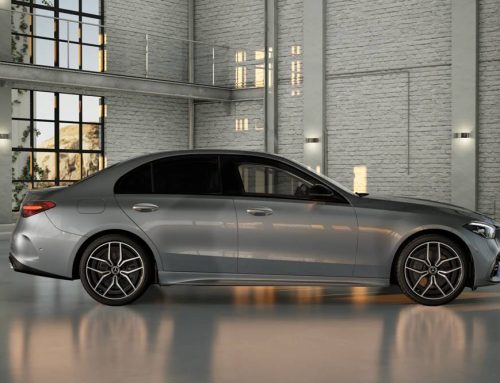

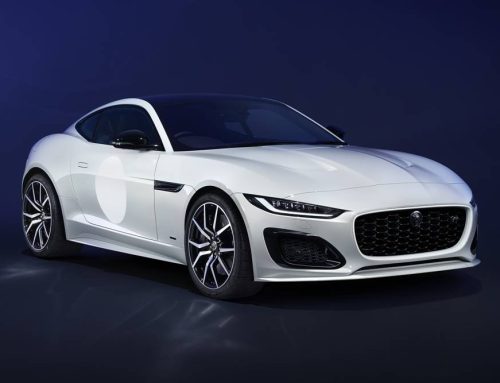
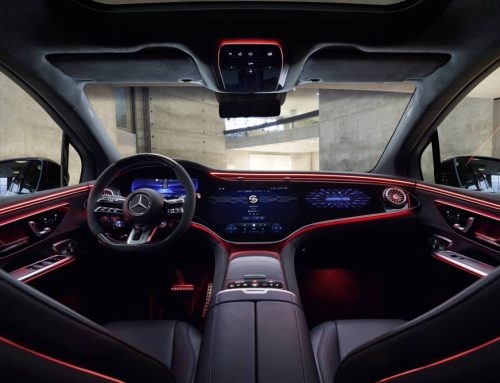
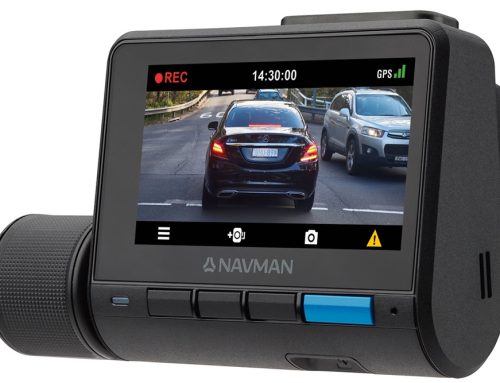
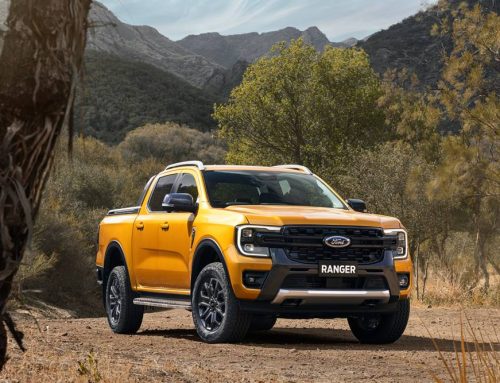
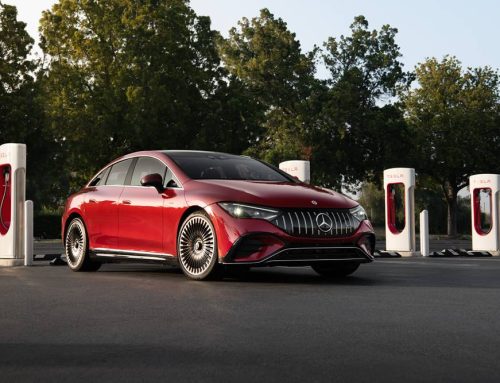
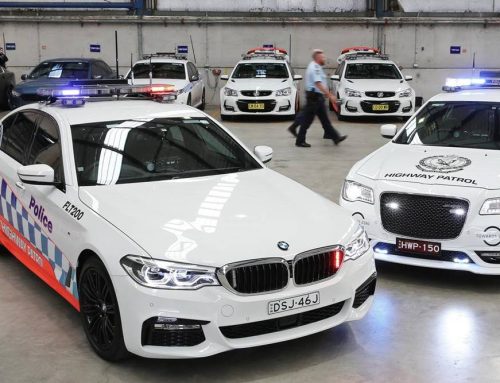


Leave a Reply